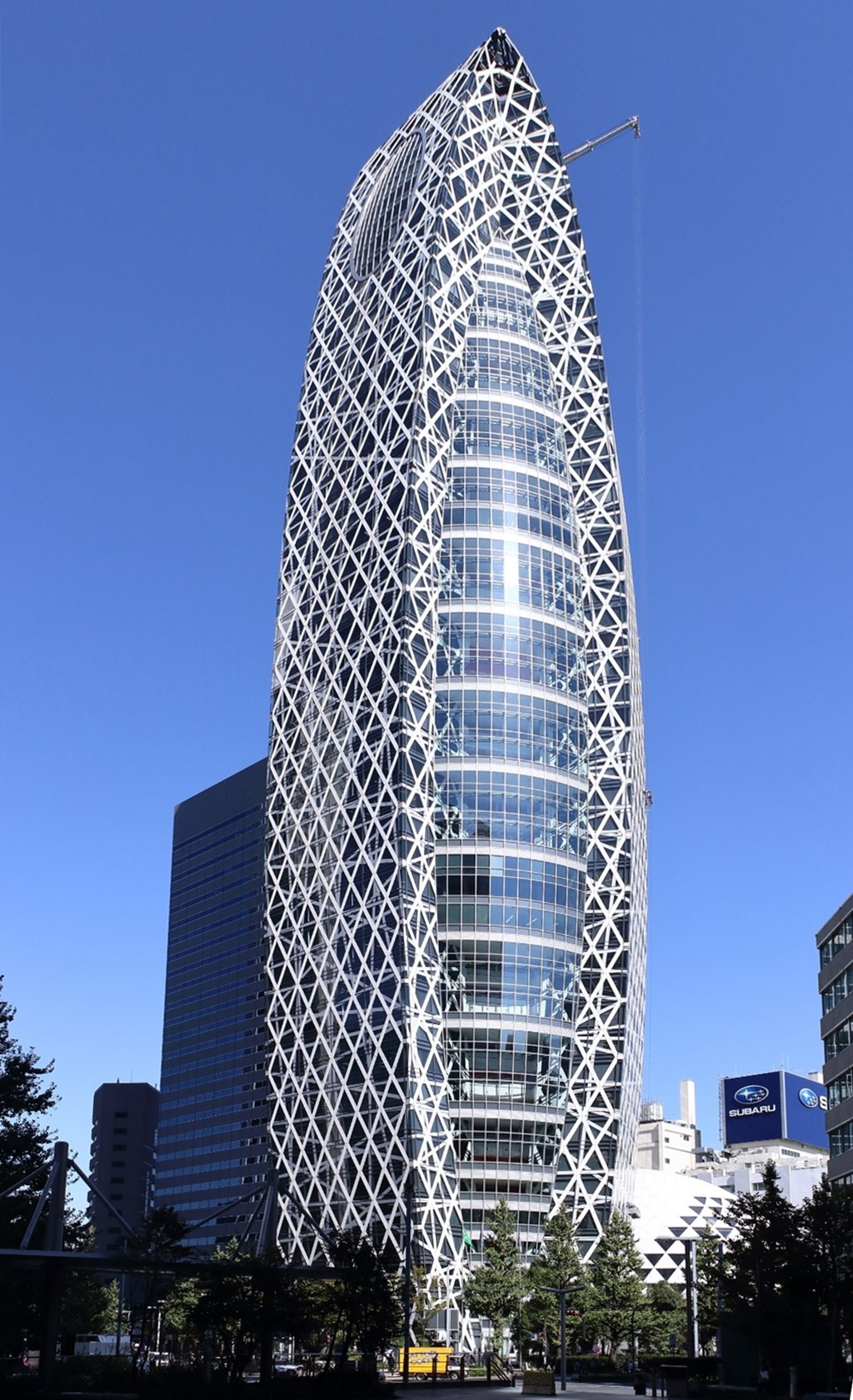April 26, 2023
Breakfast in Hiroshima was a standard Japanese hotel breakfast, except for the robot. The robot wandered around the dining room, collecting trays and dirty dishes from those who had finished eating, and carrying them back to the kitchen.
Hooray for the Hilton Tokyo. It's a little bit Japanese and a little bit not. Sometimes you are ready for "a little bit not" after 10 days of total immersion. We were delighted to be upgraded to one of the Executive Floors (35th floor). The luggage that we sent ahead was already waiting for us in one of our rooms.
Thank you, Hilton. 💙💙💙💙💙💙
We have stayed at this hotel a number of times, so we know our way around, more or less. Libby and Eric quickly learned their way around.
 |
| The afternoon view from our room |
We are going to meet our tour group for "The Best of Izakaya" with Ninja Food Tours near Shinjuku Station. On the way there, I point out a couple of landmarks so that Shinjuku newcomers Libby and Eric can get their bearings. It can be really busy here and it is full of skyscrapers. Most of the skyscrapers look alike. The one landmark you can always see and easily identify is the "Cocoon Tower."
 |
| The Cocoon Tower - photo from Wikipedia |
Libby and Eric quickly added a nearby 7-Eleven to their catalog of local landmarks, guaranteeing that they will never get lost in this neighborhood.
An izakaya is a Japanese bar or pub that serves alcohol and snacks. Izakaya are often quite small. There were 11 of us in the tour, plus our guide, Sato. We walked past some of the tiniest izakaya, but Sato took us to places that could handle our group. It was a little bit early - things don't usually get busy until about 7:30 pm, when most office workers (called "salary men" here) leave work for the day.
 |
| A typical izakaya, in its entirety |
 |
| Omoide Yokocho |
Sato then led us underneath the train tracks and through a pedestrian tunnel (also recognizable from Midnight Diner) to Kabuki-cho. It's a boisterous part of Shinjuku that Ken and I had never been to before.
We arrived at our first stop, where we were served beer and cheese and olives. Oh wait, NOT cheese and olives. Bamboo shoots and a rubber ball.
 |
| Instead of peanuts or pretzels, the drinks here come with bamboo shoot and konnyaku, a type of rubbery yam cake |
The main feature of this place was yakitori - grilled, skewered chicken and various chicken organs, such as hearts and liver. It was all good, though I did not try the hearts.
 |
| Pretending that they CAN'T WAIT to try the chicken hearts |
 |
| There is no kitchen in the back because there is no "back" here. This is it, right behind the bar, and it looks chaotic. |
At our next stop, we sampled sake and seafood. Eel seems to be a very popular dish in Japan and we had some sort of cooked eel. It's not my favorite. It tends to have a lot of fine bones, which are hard for me to think about.
 | ||||||||||
| The seafood place |
 |
| Sake and some incredibly delicious sashimi - a fatty tuna and a regular tuna |
 |
| Crab and potato croquettes. Also incredibly delicious |
 |
| A less memorable sashimi. Very fresh, fairly bland. |
 |
| Fried octopus. ("Fried" was the best adjective I could come up with.) |
 |
| Sea grapes |
 |
| Unforgettable salmon sashimi |
 |
| The Clean Plate Club has left the building |
On our way to the next izakaya, we "happened" to pass the most famous resident of Shinjuku.
I suddenly found myself in a strange, alien world, and realized I was in the middle of a dream. As with most dreams, I really can't remember many of the details, except for the following dream sequence, in which I appeared on Jeopardy. Or did I?
Me: Alex, I'll take "Japanese Pop Culture" for $1,000.
Trebek: He has appeared in 33 Japanese films, 5 American films, comic books, and video games, and he presently serves as an official tourism ambassador in Shinjuku, Tokyo.
Me: Who is Godzilla?
Then Alex and I were suddenly eating something weird and rubbery, and then we went outside, and it was night, and there were people all around us. The next thing I knew, there was Godzilla, on top of a hotel.
. . . and then I must have woken up. The next thing I remember is eating tonkatsu outside a tiny tonkatsu shop. Tonkatsu are pork cutlets, coated in panko and deep-fried. Other meats can also be used for katsu.
Many Japanese restaurants display amazingly realistic models of food in a front window. They are full sized, and very detailed. These models are usually made of plastic, resin, or wax. Here is a close up of fake tonkatsu:











That looked like a very interesting day!
ReplyDeleteHahaha. Alex Trebek and Godzilla. Doesn't get any better than that!
ReplyDeleteAnd OH! Do I envy you great sushi. And I'm pretty sure I've had chicken hearts. I KNOW I was served liver and gizzards as a kid - and really enjoyed them.
Thanks! Kate